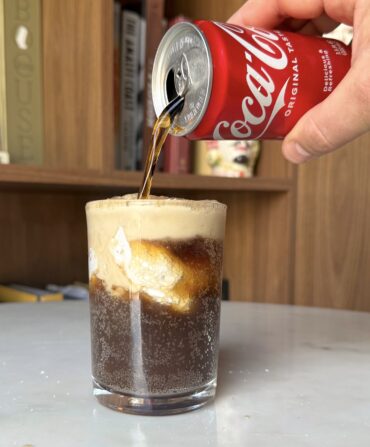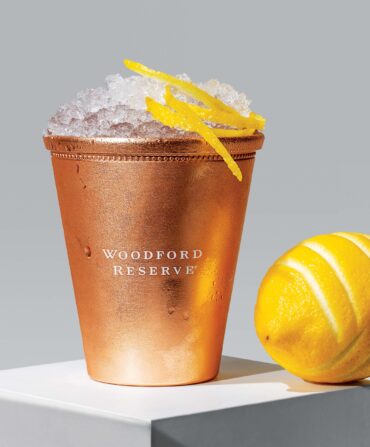“Red or green?”
It’s a simple question you’re bound to hear when ordering a meal in and around El Paso, Texas, where the Charleston, South Carolina–based pitmaster John Lewis grew up. “It refers to the red chile sauce or fire-roasted green chile sauce that tops pretty much any dish served on the border,” Lewis says.
Although their flavors differ, red and green sauces are both made from chile peppers. “Green sauce comes from the less-ripe, under-matured version of the pepper,” Lewis says. “It will have grassy flavor notes, and when it’s fire-roasted to remove the outer skin for cooking, it gains a slight smoky, charred flavor.”
As the chiles ripen, though, they turn red. “The sugars concentrate just a little bit more, and with the dry, cold weather that occurs in the [Hatch, New Mexico] region, the pepper quickly starts to lose its water content,” Lewis says. Once dried, the chiles become shelf stable, and at Rancho Lewis, Lewis’s Charleston cantina, he opts for sun-dried chiles. “It makes the world of difference in flavor. It’s a less bitter end product, with the slight sun-ripened and dried flavor.”
New Mexico’s Hatch Valley, just an hour north of El Paso, is thought of as the chile capital of the world; Lewis sources his red chiles from the Hatch gourmet grocer Chile Fanatic year-round. Traditionally, green chiles are only available during the harvest season in August and September, so Lewis orders them by the ton during late summer, then fire-roasts and stores them in the restaurant’s freezer for use throughout the year. “For the home cook, and my go-to at my house, though, my friends at Zia Green Chile make a fantastic canned product that is available online in most grocery stores,” he says.
But the question remains: red or green?
“The answer for me is always ‘Christmas,’ and that means your dish will be topped with both,” Lewis says. He pairs them together on the Christmas burrito at Rancho Lewis, but they also frequently don enchiladas, huevos rancheros, potatoes, burgers, and grilled meats. “They work on anything you might prepare,” Lewis says. “And you’re going to want to try both.”








